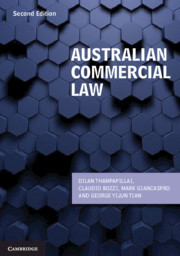Over the course of 2013–15, there have been significant developments in the reform of class actions in Europe. The European Commission published its Recommendation of common principles concerning collective redress in June 2013, whilst the Consumer Rights Act 2015 – which was introduced into the United Kingdom Parliament in January 2014 and obtained Royal Assent on 26 March 2015 – contains a class action for competition law infringements. Although there is some ‘common ground’ between these legislative instruments, their divergences are far more legally significant, and comprise the focus of analysis in this article. Regarding the two topics of standing to sue, and the opt-in versus opt-out approach to forming the class, the approaches of the European Commission and the UK Parliament differ markedly, reflecting the deep policy, political and judicial divisions which have manifested in this area of reform for over a decade. The legislators have also ultimately chosen different scopes of application, with the European Commission preferring a ‘horizontal’ approach to reform, whilst the UK Parliament has pursued a sector-specific reform agenda. In respect of standing to sue and the opt-in versus opt-out debate, there are numerous sound legal and political reasons that manifestly support the UK law-makers’ decision to depart from the 2013 Recommendation. However, in respect of the horizontal-versus-sectoral debate, the topsy-turvy history of reform at both European and domestic levels has resulted, ironically, in both the Commission and UK policy-makers reversing the views which each had initially adopted within the past decade. Undoubtedly, as these reform measures demonstrate, the collective redress landscape is both evolving and controversial.

